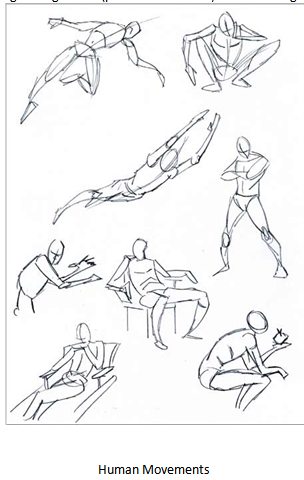Introduction
Body Movements of Class 6
We move our mouth when we chew food; we move our head up and down while nodding (saying ‘yes’); we move our head from side to side while saying ‘no’; we move (or bend) our back to lift something lying on the ground; we move our arm at the shoulder while bowling a cricket ball; we bend our arm at the elbow while putting food into our mouth; we bend the fingers of our hand to grip an object. But when we walk by using legs, then we move our whole body from one place to another. The ability of a human being (or an animal) to move its body from one place to another is called locomotion. Human beings (and other animals) show two types of body movements:
- Movement of the body parts (like mouth, head, backbone, arms, hands, legs and foot, etc.), and
- Movement of the whole body from one place to another (which is called locomotion).
- Locomotion is seen in both higher organisms (plants and animals) and lower organisms (bacteria and fungi).
Illustration 1: What is bone marrow?
Solution: Bone marrow is the soft, inside portion of a bone where blood cells are made which is richly vascularised.










